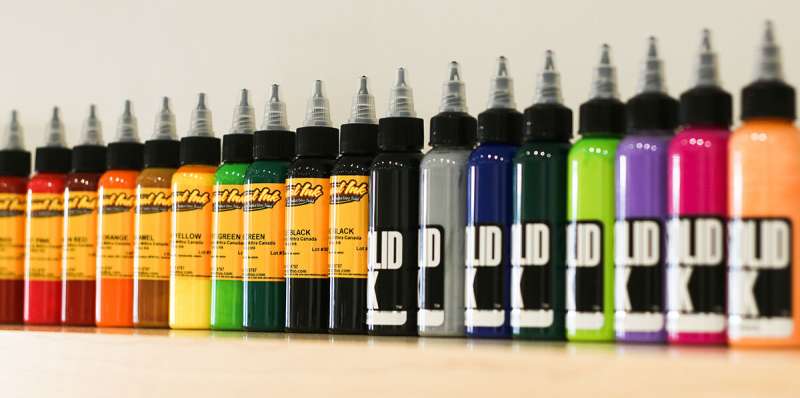
Permanent tattoos are becoming ever-present in Europe and North America. And with all that ink, there is an increasing number of tattoo-related side effects.
There are dozens of known allergens in tattoo inks, including metallic substances and organic pigments, that go relatively unchecked in North America.
Yolanda Hedberg, Western’s Canada Research Chair in corrosion science, led a study on tattoo inks in Sweden, in collaboration with other researchers at KTH Royal Institute of Technology, the Center of Occupational and Environmental Medicine, and University of Graz in Austria. The researchers analyzed 73 tattoo ink samples collected from suppliers and online retailers, many of which were fabricated in the United States, and found most fail to meet industry standards—if the industry standards even existed.
In Canada alone, about 38 percent of the adult population has tattoos.
Allergic reactions can occur long after body modification. Skin allergies occur when the body’s immune system reacts to a foreign, chemical substance. Permanent, non-removable tattoos can also result in severe and chronic eczema with its potentially life-threatening consequences.
European and Swedish legislation requires manufacturers to declare information on the content, name and address of the manufacturer, minimum date of durability, sterility, batch number and storage readable on the product label for tattoo inks. There are further restrictions for the maximum content of certain metals and impurities, as well as recommendations to avoid certain pigments.
Tattoo ink legislation in Canada and the United States is far more lax, Hedberg said. And that’s not the only problem.
“Nearly everyone in the world can order just about any tattoo ink they wish online,” said Hedberg, a professor in Western’s department of chemistry. “Most of these inks come from the United States and there is very little legislation governing their production.”
The majority (93 percent) of the samples violated European legislative requirements. Patch and allergy testing methods not accepted by dermatologists were incorrectly recommended for many samples. In a worst-case scenario, the recommended testing could actually initiate an allergy. Also, the recommendation would not prevent future allergic reactions from occurring or provide any juridical insurance for the manufacturers.
The chemistry of tattoo inks is potentially even more dangerous.
Traces of potentially harmful metals nickel and chromium were present in all samples. Some other impurities like arsenic, mercury and lead were also present in one sample each. Blue- and green-colored inks contained copper, which exceeded the European restriction limit in three samples. Several other pigments, which were either prohibited or declared as non-suitable, were found in 61 percent of the tattoo inks including, pigment red 22, pigment red 170, pigment blue 15, pigment green 7, pigment violet 23, pigment red 122, and pigment violet 19.
“This study suggests that tattoo inks should be better controlled, and consumers should be more careful,” said Hedberg. “Least impurities have been found in black and white colors, while the most problematic substances were found in red inks. The differences between different brands were remarkable.”
Source: Read Full Article
